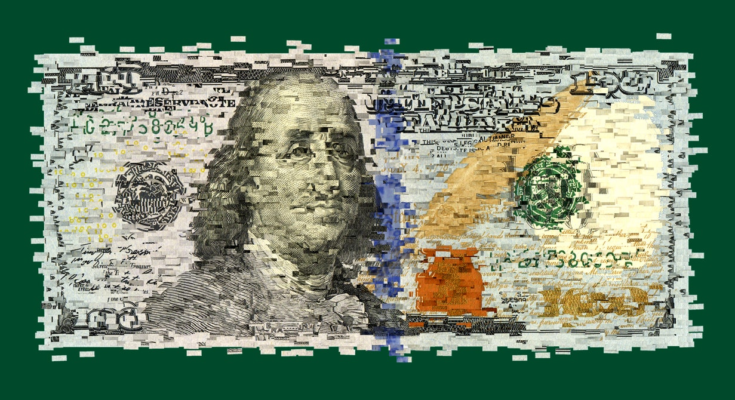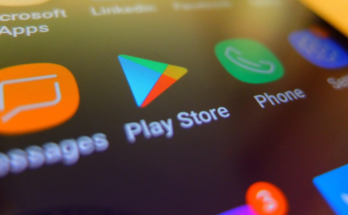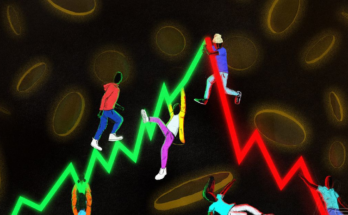This means that, despite the various options for making online payments, true digital cash doesn’t exist. This is not merely a theoretical distinction. Paper cash has been on the decline for years, a trend accelerated during the pandemic, as more and more businesses decided to stop accepting paper money. This poses risks, most notably for the so-called unbanked—people who can’t afford to have a bank account and thus can’t access non-cash forms of payment.
Governments around the world, spooked by the rise of privately issued cryptocurrencies, have been exploring so-called central bank digital currencies, or CBDCs. Imagine a government version of PayPal or Venmo. This could solve the unbanked problem by creating a public banking option for low-income people, but it would not replace cash. As the economy shifts inexorably toward all-digital transactions, a future where our only options are payment apps, banks, crypto, or CBDCs means a future in which every financial transaction is potentially subject to surveillance by the government or private companies.
The ECASH Act, introduced by representative Stephen Lynch, a Massachusetts Democrat and chair of the House Task Force on Financial Technology, seeks to avoid that fate. (It stands for the Electronic Currency and Secure Hardware Act—an impeccable legislative acronym.) The bill, which Grey consulted on, would direct the US Treasury Department to conduct a pilot program for a version of digital dollars that work just like cash.
“If we’re to have a public option for digital finance, it needs to include everyone,” says Raúl Carrillo, a researcher at Yale Law School, who like Grey consulted on the legislation. “A key part of that is being able to go offline.”
What would that look like? The Treasury would issue digital dollars, just as it has issued paper money since the 1860s. To function as cash, the money can’t live on the government’s books or on a distributed blockchain ledger. That means balances must be stored on hardware. That could look like a stand-alone device, or it could be a secure hardware environment on your cell phone, similar to a SIM card—essentially a chip that is physically segregated from the rest of the device, so that it doesn’t depend on the security of the entire operating system.
This idea has been around for a while. In the 1990s, companies like Mondex developed stored-value cards that could support offline payments. Governments, however, didn’t take to the idea of issuing digital currency, and those companies were bought up by the credit card industry. (As WIRED’s Steven Levy wrote, in 1994, “When I called a spokesperson for the Federal Reserve to ask about electronic cash, he laughed at me. It was as if I were inquiring about exchange rates with UFOs.”)
Today, the technology is sleeker, and its applications more apparent. Last week, I spoke with Razvan Dragomirescu, the chief technical officer of WhisperCash. Over Zoom, he showed me his company’s products. One looks like a credit card that has both a touchscreen keypad and a miniature, Kindle-style electronic ink display. Payments can be sent between cards either using Bluetooth or by entering the recipient’s ID number and the amount. In the latter case, the transaction generates a 10-digit cryptographic hash that encodes the parties to the transaction and the amount. To receive it, the recipient has to enter that code into their own card. WhisperCash’s other main product, a secure chip that sticks onto a SIM card, turns a phone—even a cheap “feature phone,” of the type common throughout the developing world—into a wallet for digital cash.



